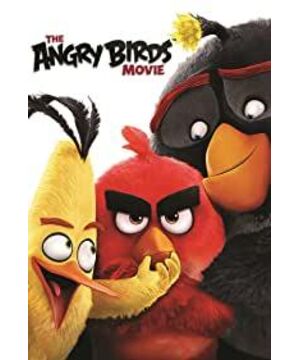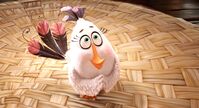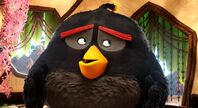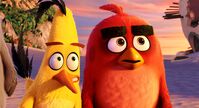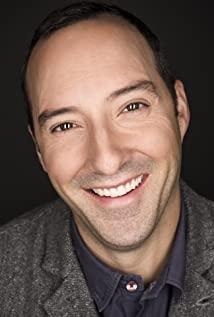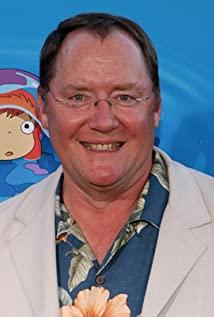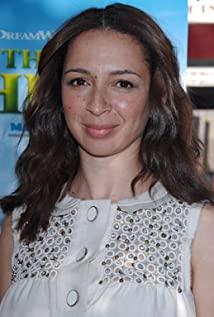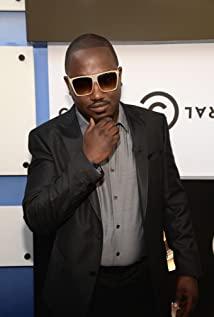bird protagonist Red was originally a disgusting bird island resident, with an irritable personality and offending customers 8, and was sentenced to the "anger management" course by the judge. In the subtle influence of the "Infinite Tolerance Group", he became good friends with the other two irritable birds, Bomb and Chuck. As a result, he led the bird people across the island to resist the pigs' invasion and became a bird hero.
From the perspective of the plot, how the story of a character who started as a villain turned sharply forward depends on the sudden change of the plot of "One day, a fleet led by a green pig will go to the island."
The sublimation and transformation of Red again and again, through the comparison of the enemy green pig, the idol condor's dwarf performance, step by step, set off the heroic image of Red. In the last bird pig battle, Red's heroism was even more pronounced. Explosive light. ——Well, Hollywood’s dream of saving the world applies to all animals.
So just watch the movie plot, simple and rough straight lines, very suitable for children. But what I find most interesting is another invisible theme outside of heroism-"anger". How Red's "anger" changed from harmful behavior to beneficial behavior in the story is an interesting transition.
Angry Birds has gone through three turns:
the first anger, at the beginning of the story. Red was late to deliver the cake, which delayed the client’s party, but attributed the fault to the client and added violence. He is irresponsible, hurts others, and even argues frankly in court, believing that it was caused by others.
The second time he was angry, Red changed. Although he broke the welcome bird irresponsibly, he felt guilty when he saw Chuck's sad reaction. At this time, you find that he has already introspected and reflected on his anger.
By the third time, Red was angry at the lie invasion of the pigs, but no one believed him. He didn't use emotion to solve the problem, but did two things: one was to join Bomb and Chuck to find evidence; the other was to seek help from the condor.
At this stage, Red's anger was refined to many emotional points:
after finding the condor, he was disappointed with the condor's incompetence. He was supposed to be angry, but changed his mind, thinking that it is most important for him to become stronger.
Before preparing to fight the pigs, Red turned the collective anger into a kind of motivation, giving the birds the confidence to defeat the huge enemy.
In the final battle with the green pig, he was almost irritated by the green pig, but calmed down and asked himself: "Can anger solve the problem?" He thought of "can't", so he used negotiation to divert the green pig's attention, and finally succeeded in defeating it. it.
When everyone gave the credit to the Condor, Red was supposed to be angry and didn't feel angry. Instead, he returned to his residence peacefully, but he did not expect to become a recognized hero.
Hollywood's skill is to talk about an emotion from beginning to end. The personality trait of "anger" alone can complicate the protagonist. In the story, Red's management and transformation of his anger is obvious to all. From the beginning, a reckless, irresponsible, and lying bad bird, he turned into a courageous, critical, and just hero. He turned anger into a critical spirit, and used real wisdom to solve problems that anger could not solve.
What can we learn from the narration of the hidden line of "anger"?
Putting the anthropomorphic "bird" back into human form, we can not only see ourselves in Red, as a mother, I also think of the management of children's anger and emotion during the filming process.
My daughter entered a period of irritability in more than two weeks. She can smash things when she sees things and get angry easily at others. Whenever she doesn’t conform to her behavior, she will rebel unscrupulously-this is very similar to Red at the beginning of the story, involuntarily angry-and the result of the child's anger is the same irritating adults. We always react instinctively: " Don't smash it! You hear it!"-Of course, she wouldn't listen at all.
My habitual method is to make noises. When a child is angry about something, divert her attention. For example, if she threw the bear on the ground, I went to get the Barbie doll and let her practice matching clothes. She drank Meisu's milk powder and spit it out, and I changed the biostime to change her taste. She smashed the book angrily, and I will take her outside. Transfer anger and use new things to make children happy.
The second method is to explain to the child with empathy. In fact, in "Angry Birds", what Red learned in the "Infinite Tolerance Group" is empathy. He didn't realize that his venting behavior would cause harm to others, but when he saw the reaction of his friend's injury, he would realize that his behavior was inappropriate.
The same is true in parent-child education.
When my daughter habitually smashes things, I will ask her, would you hurt if your mother threw you on the ground like this? She said it hurts. I said, does it hurt if you throw the little bear on the ground? She felt that the bear hurts immediately, so she quickly picked up the toy to comfort her.
Similarly, when I knew she was naughty in the kindergarten, I would ask her, if that kid did the same thing to you, would you be angry? She thought for a while and nodded. Then she understood the scale of what she did.
The third method is what I realized after watching the movie. The fundamental way to deal with anger is to give enough love.
In "Angry Birds", Red's anger comes from being repeatedly questioned when he was a child and absorbing too much negative energy. For example, he was ridiculed for "seaweed eyebrows", and he was ridiculed as an orphan. All the feelings of being bullied made him irritable. Anger taught him to protect himself.
He didn't have many friends since he was little, and his anger kept protecting him in disguise until he entered the "unlimited tolerance group" and felt the love of the teacher and the friendship of the classmates. When he first offered to invite Bomb and Chuck to play and was refused, he was very disappointed. Of course he also realized what bad results his inappropriate behavior would bring.
During the period of study in the infinite tolerance group, Red slowly gained influence. When the green pig invaded, he united with his little bird friends, and he gained trust and courage, and then he truly transformed his anger into a righteous force and did something more meaningful.
In the process, you will find that group behavior (from individuals to groups to the entire ethnic group) resolves Red's loneliness; the love generated in group behaviors best resolves anger in a way of tolerance, trust, and encouragement.
So when Red's friends saw the statue of a condor on the island being upset for him, he was no longer angry. Because he felt his own power in this incident, the power of friendship, the power of being trusted by the entire ethnic group. He no longer questioned himself, no longer angered others, confident and being trusted by others, and truly lifted his heart lock-anger.
The same applies to our parent-child education, which is worthy of scrutiny.
First of all, we must analyze where the child's irritable emotions come from. Is it just a tantrum, or is there a deeper reason behind it? The anger of our adults often comes from grievance and not being recognized. If we stand in this position and think about angry children, as parents, we should also reflect on whether we have given them enough trust in their daily lives.
When they make a suggestion, do we habitually say "no", first deny their suggestion, and then enforce ours?
When they make mistakes, do we blame them first, without listening to their explanations?
When they feel frustrated when they can't do one thing well, do we also impose the same doubt on them and let them give up on themselves?
...All the details of life are actually the reason for the children's anger. Just as in "Angry Birds," Red recalled the small details that he thought of in the past. In fact, a lot of it was caused by the environment and the negative evaluations of the people around him, but there was no one to guide him at the time, and he turned these negative emotions into anger.
When we discover unknown details and truly understand the reasons behind anger, we should no longer simply and crudely define irritable children as "bad children." And every child who is prone to tantrums is likely to transform anger into critical spirit and courage, like Red, and truly exert his power. What does the possibility of transformation depend on? It is not the conscious awareness of the child, but the influence brought by the environment (education)-for example, parents interact with their children, play with them, encourage them to accomplish things that are not confident; help children integrate into the social space of the group, let them Be aware of the role you play in the group and build stronger confidence in yourself. These are all ways to give love.
What did Angry Birds teach me? ——Use love to resolve anger, anger may also be positive.
View more about The Angry Birds Movie reviews


